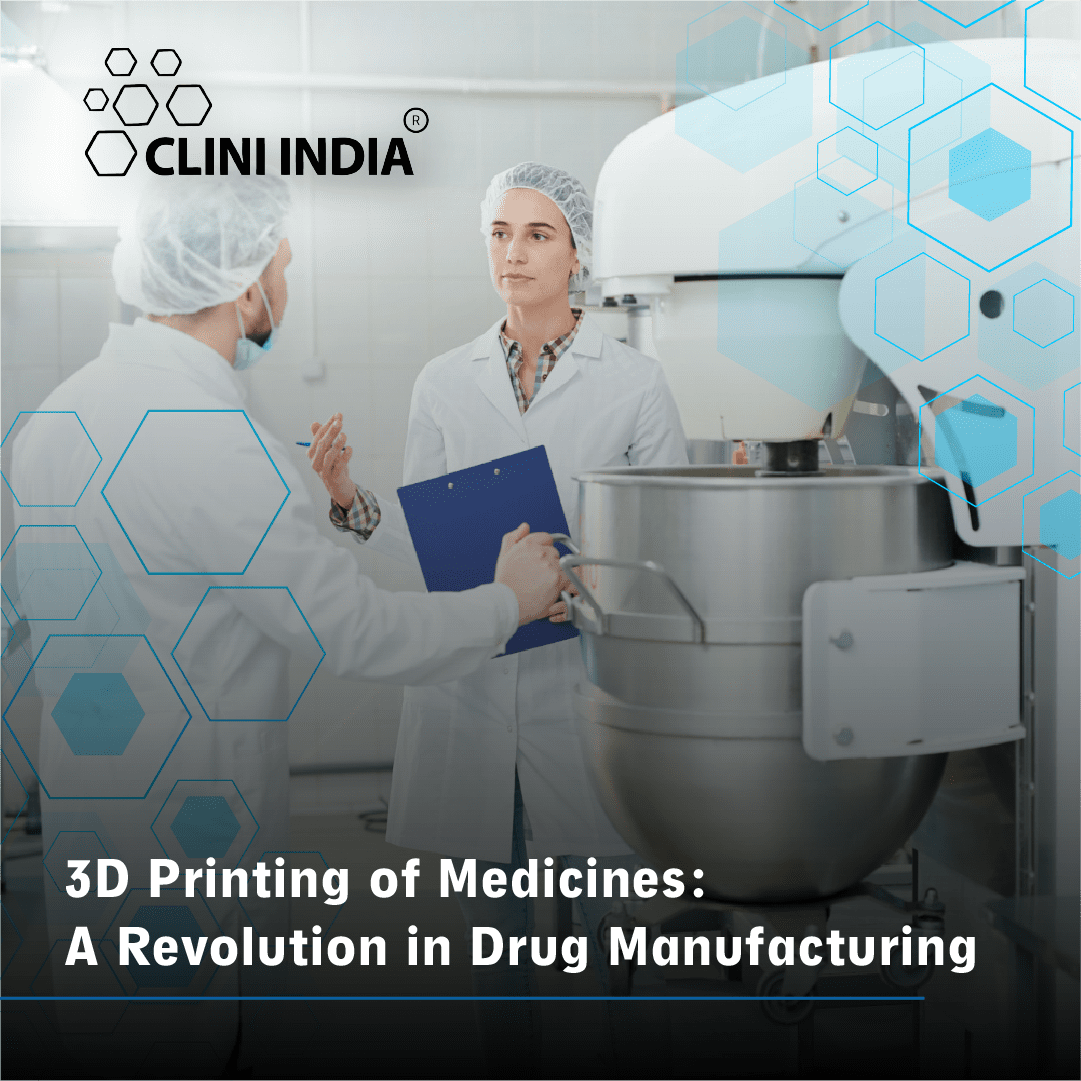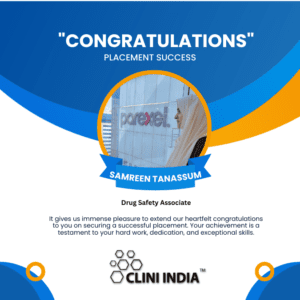
3D Printing of Medicines: A Revolution in Drug Manufacturing
The field of pharmaceuticals is witnessing a groundbreaking transformation with the advent of 3D printing of medicines. This innovative technology is revolutionizing drug manufacturing by enabling the creation of personalized, on-demand medications with enhanced efficacy and patient compliance. As the healthcare industry moves toward precision medicine, 3D printing is emerging as a game-changer, offering a new dimension to pharmaceutical production.
What is 3D Printing of Medicines?
3D printing, also known as additive manufacturing, involves layer-by-layer deposition of pharmaceutical ingredients to create a final drug product. Unlike traditional methods that rely on mass production, 3D printing allows for the precise design and customization of medicines tailored to individual patient needs.
Benefits of 3D Printing in Drug Manufacturing
- Personalized Medicine: Allows customization of drug dosage, shape, and release mechanisms based on individual patient requirements.
- Enhanced Drug Efficacy: Controlled drug release profiles improve therapeutic outcomes and reduce side effects.
- On-Demand Production: Medications can be printed in hospitals or pharmacies, reducing dependency on large-scale manufacturing and long supply chains.
- Poly-Pill Formulation: Combines multiple drugs into a single tablet, improving adherence, especially for patients with chronic diseases.
- Reduced Waste: Produces only the required amount of medication, minimizing excess production and wastage.
- Improved Pediatric and Geriatric Care: Enables the production of chewable, easy-to-swallow, and flavored medications tailored for children and elderly patients.
Applications of 3D Printing in Pharma
- Personalized Drug Formulations: Custom doses for patients with specific metabolic conditions.
- Rapid Prototyping of New Drugs: Faster drug development and testing.
- Orally Disintegrating Tablets (ODTs): Quick-dissolving medications, such as Spritam, the first FDA-approved 3D-printed drug for epilepsy.
- Localized Drug Manufacturing: On-site production in remote areas, space missions, or military settings.
Challenges and Future Prospects
While 3D printing of medicines holds immense promise, challenges such as regulatory approvals, scalability, and equipment costs must be addressed. Advances in bioprinting, AI-driven formulations, and nanotechnology will further enhance this technology’s potential, making it a key player in the future of drug manufacturing.
3D printing of medicines is paving the way for a new era in pharmaceutical sciences, offering customized, efficient, and sustainable drug production. As research and technology continue to evolve, this innovation will redefine how medicines are manufactured, dispensed, and consumed, bringing us closer to the vision of truly personalized healthcare.


























































